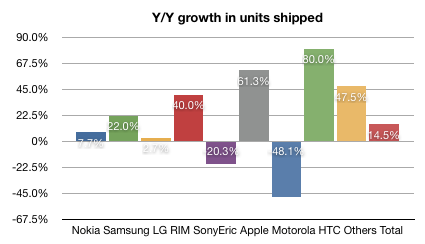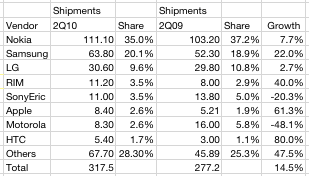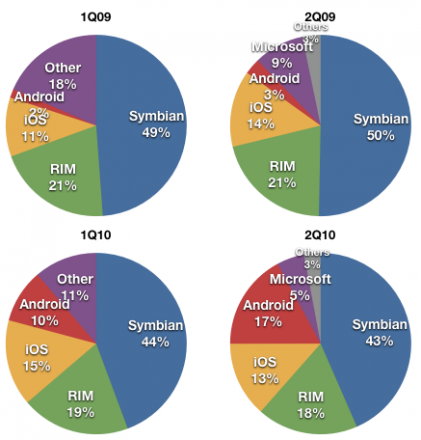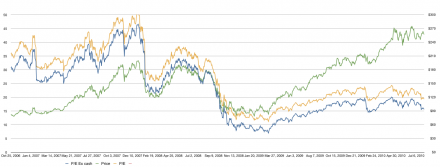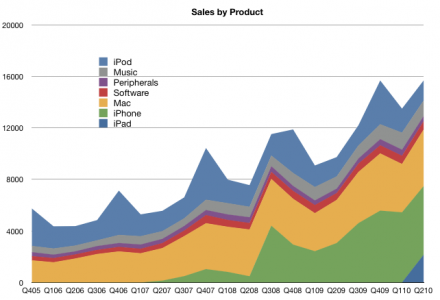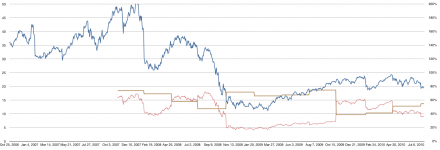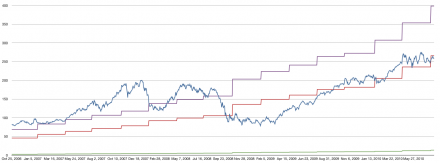This site is fairly new. It has been around for only about 6 months. In that time there have been 393 postings and 586 comments. It has been read 100k times and I’ve moved it three times to accommodate this growth. Lately, thanks to links from John Gruber’s Daring Fireball, views have increased dramatically (to over 10k/day). This has been a blessing but also a dilemma because the traffic is overwhelming for the humble hosting setup I have. So much so that the site was down due to overload much of yesterday.
I apologize for this downtime.
I am trying to find a solution and have implemented a few optimizations (thanks to my lovely wife’s suggestions). I also turned on full text RSS feeds so readers don’t need to hit the site for full articles. In the mean time I hope readers will be forgiving and return even if the site is overwhelmed.
Additional suggestions on how to maintain a high quality of service are welcome.


